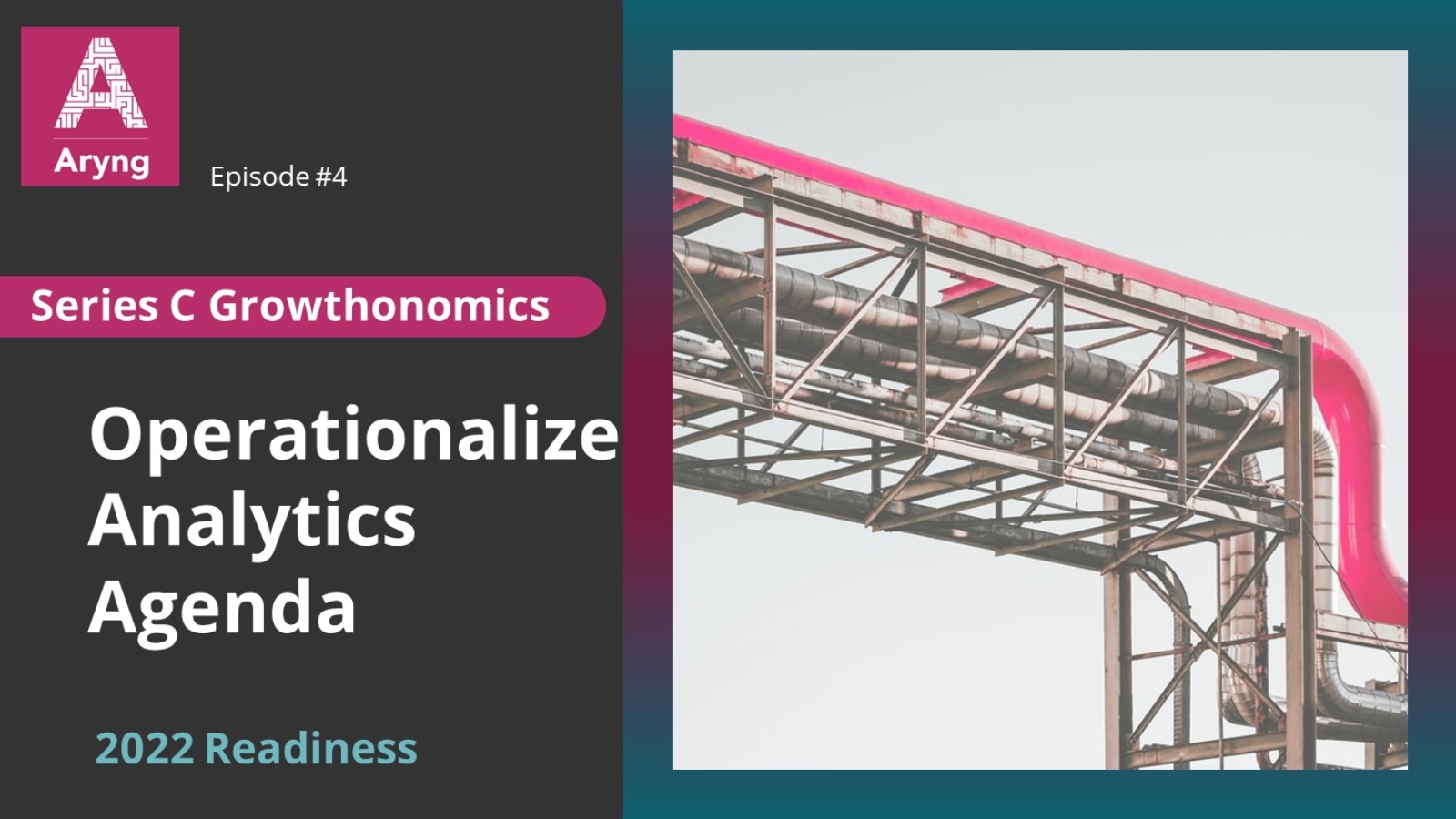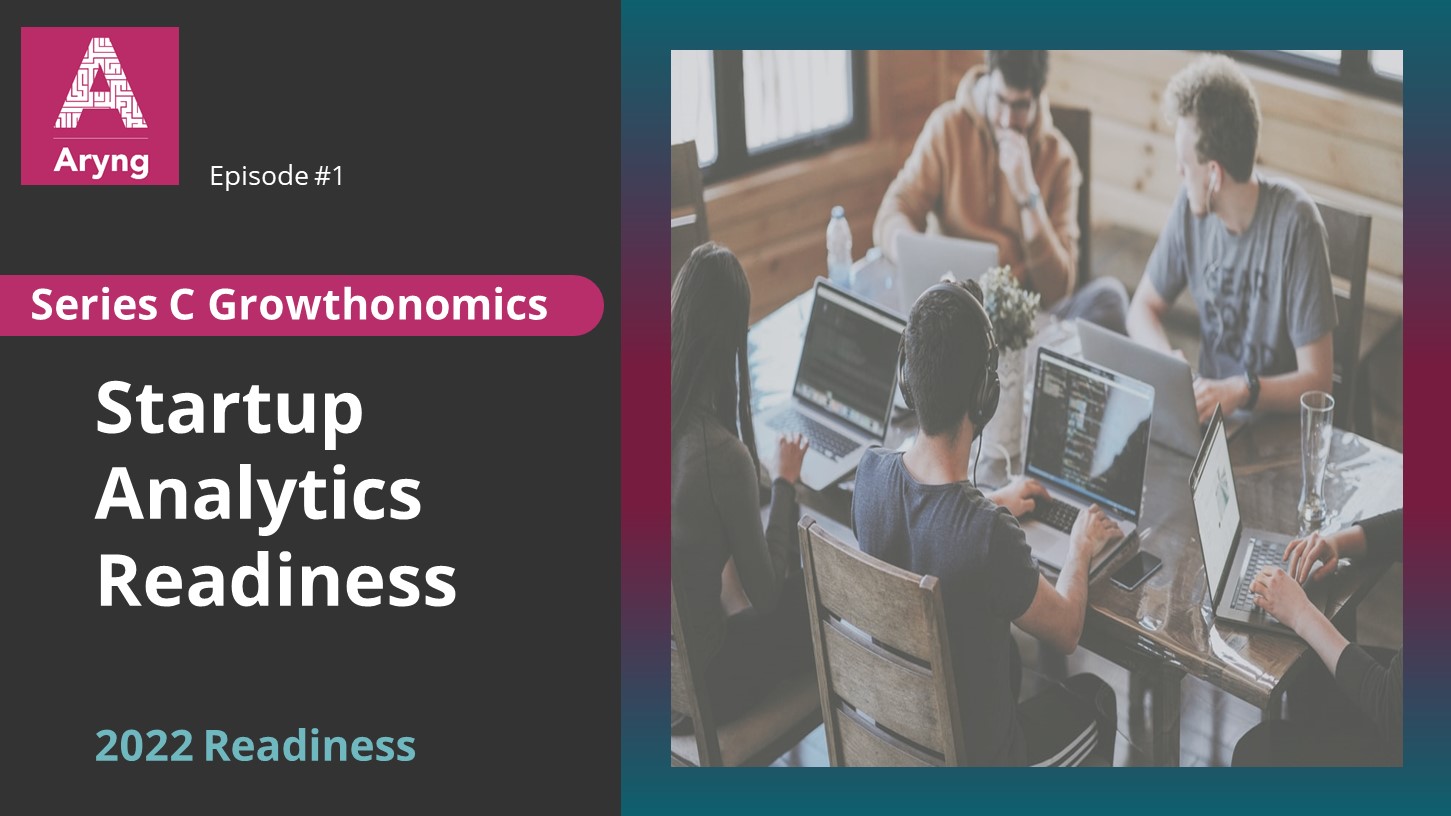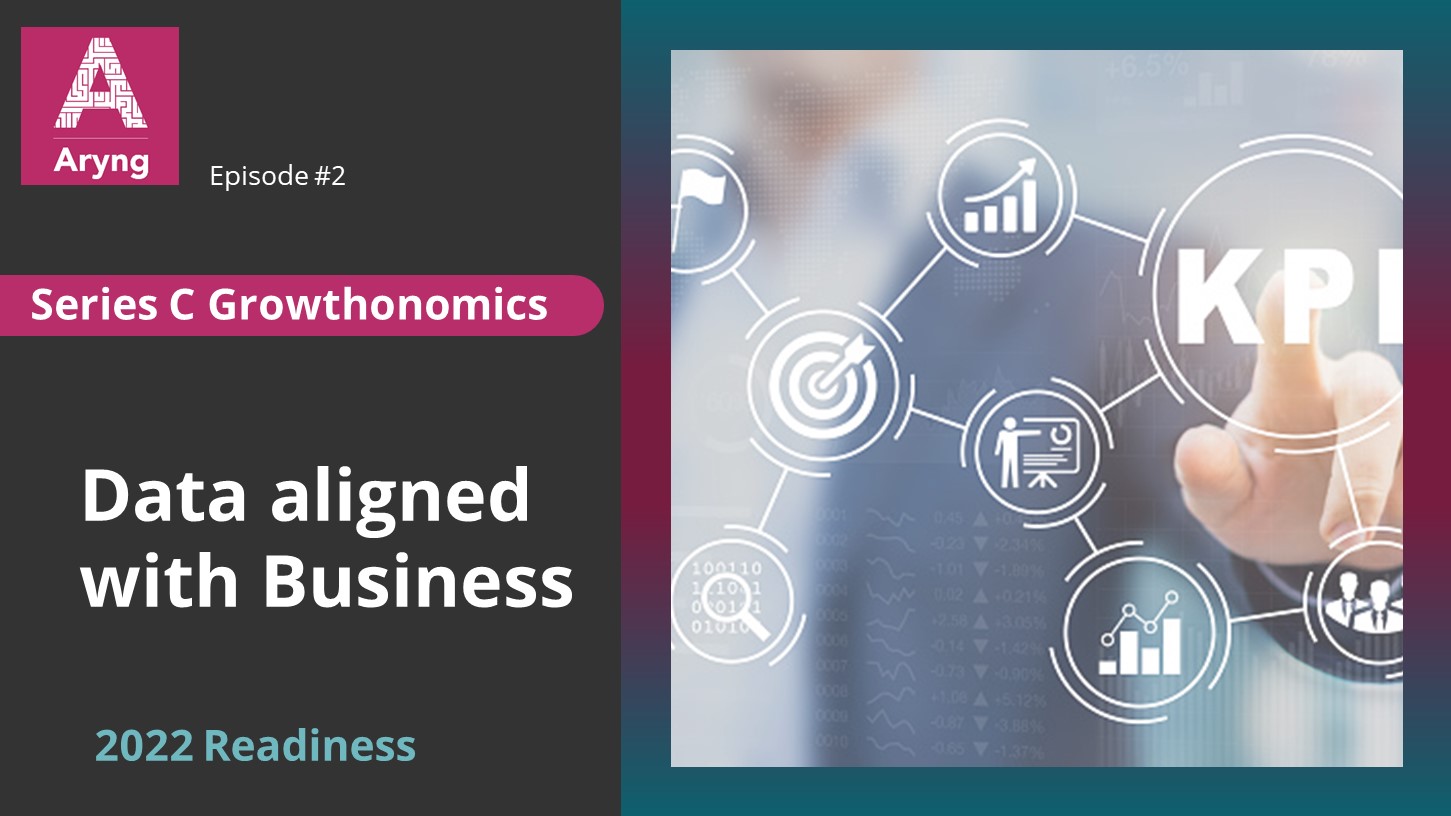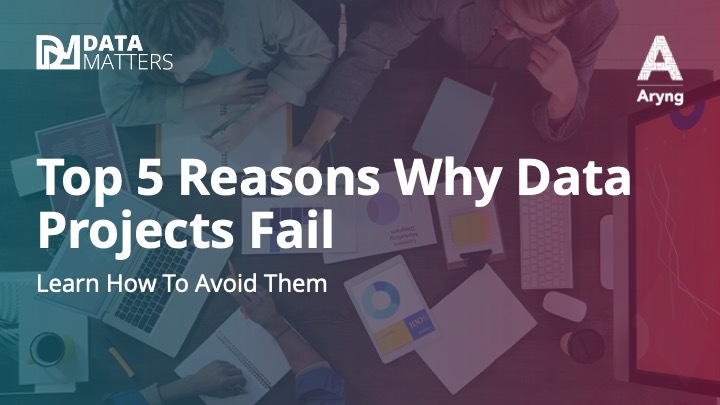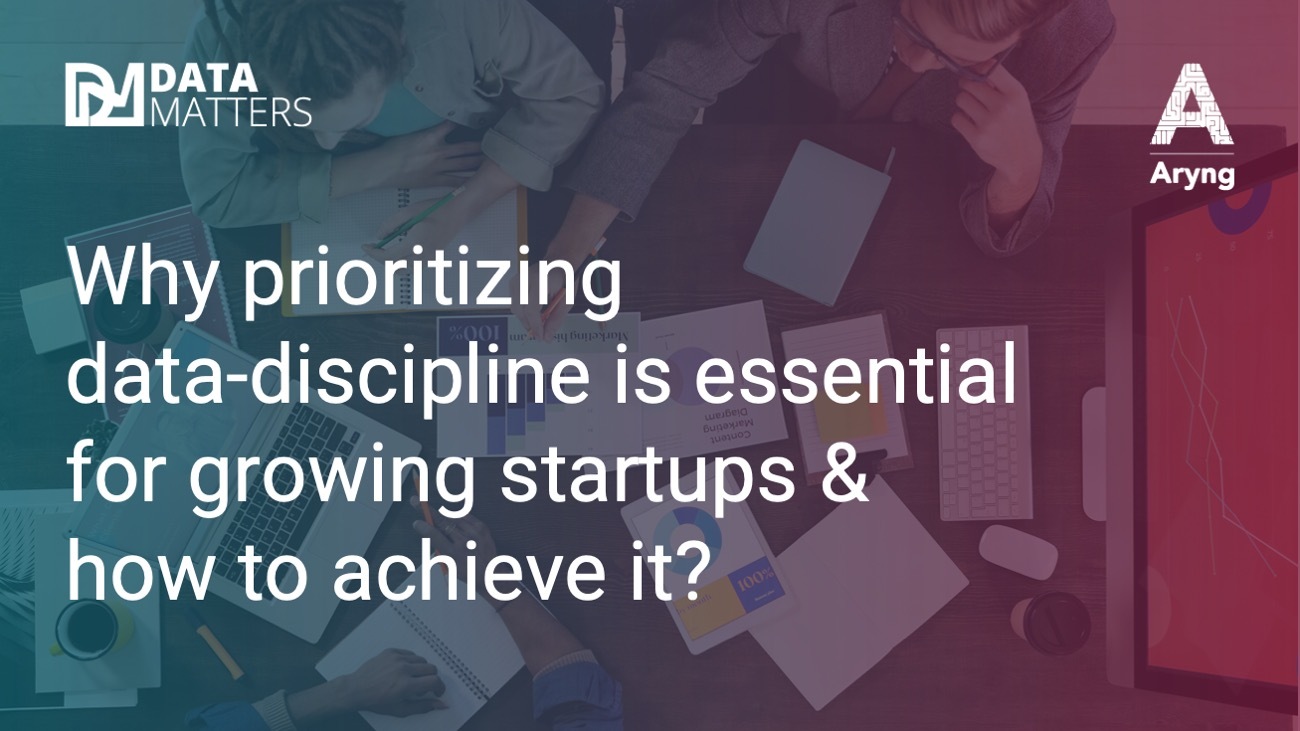In the last blog in the start-up readiness series, titled “Too many tickets and fewer resources,” we discussed building an analytics agenda that would help the data and analytics resources to focus on solving the highest value problems instead of going on a wild goose chase. We worked through the example of the food delivery app. We talked about the most important metrics for this organization, like growth, revenue/profits, and how you can lay out the analytics agenda which resulted in a list of 15 to 20 projects.
Now, that you have identified 15-20 projects which are going to drive impact for the business, and your stakeholders also nodded their heads, today let’s see how to operationalize this agenda.
But before we go into that, let me ask you a question. As a head of data or head of product or the head of product from the other side, what is your key role?
Most of you might be thinking that it is to support your product organization or your marketing organization. But, we believe that your key role is to monetize the data that is coming in to drive business impact. In which case you cannot afford to lose sight of the 15-20 major projects you have identified as part of your agenda. Since bigger projects drive bigger impact, your best bet in 2022 would be to deliberately declare that your team drove $10M or $100M of incremental revenue for the business.
Now let’s say you have agreed that your role is to monetize the data. The next big question would be “How to operationalize the agenda?” How to constantly work on these projects while being bombarded by day-to-day questions from the Marketing and Product. As a business, you have day-to-day operational needs. They need to be met efficiently. Here, we want to leave you with a tip. If you want to make one significant shift towards the bigger projects on the agenda, First of all, you will need to include a field called ‘expected impact or expected outcome’ in the agenda. Whether you are working on Jira, Conference, or a Google Form, whatever your mechanism of drawing inputs is, you want your team to learn the expected impact or outcome of the project either by declaring one or posing the same question to the product or marketing counterpart on the other side who are asking these questions. Whatever the way, you want you and your analysts to be clear about the outcome of the project before embarking on it.
Secondly, at any given time during the course of the project, the product specialists or the marketing team can ask your analysts questions like, “Hey, we just launched the campaign last week or last month. Can you tell me how my campaign is doing?” In this case, you need to be able to help your analysts choose an environment where they are able to keep an eye on or work on relatively significant projects.
You might as well need to permit your analysts to avoid work that doesn’t drive impact and can become a p3 or p4 in their priority list. On the other hand, if a project is going to drive a 10% increment on ad-spend, then permit them to change the conversation back into a more extensive discussion, saying, “Hey can we look at this campaign analysis in the larger acquisition campaigns to be able to move our ROAS by 100% instead of 3% optimization on this campaign?” If you do that, your analyst will be working on high-value projects and what they are producing is getting used. This helps them grow and, retains your analysts. This way, you can not only work on big things but also drive the attention of the new organizations to create a greater sense of satisfaction among the employees and the product persons.
In the end, the rule of thumb for heads of data is that their analysts should be working on one large project at any given time. For example, your analysts should spend at least 40% of their work on one of the prime 15 projects, and the other 60%, they can cater to day-to-day tactical support. In fact, To be able to focus on the bigger agenda, I believe that you should be able to instrumentalize the common questions posed by the marketing/product team with a self-service tool. Campaign analytics should essentially have an analytics dashboard. This will free up analysts’ time to work on bigger projects. This, in turn, helps you fulfill your role, i.e., driving a $XM impact on your topline. You can do that by summarizing changing your process of taking insights, and the other thing is focusing on making sure that day-to-day tactical questions will be answered by the self-service tool.

